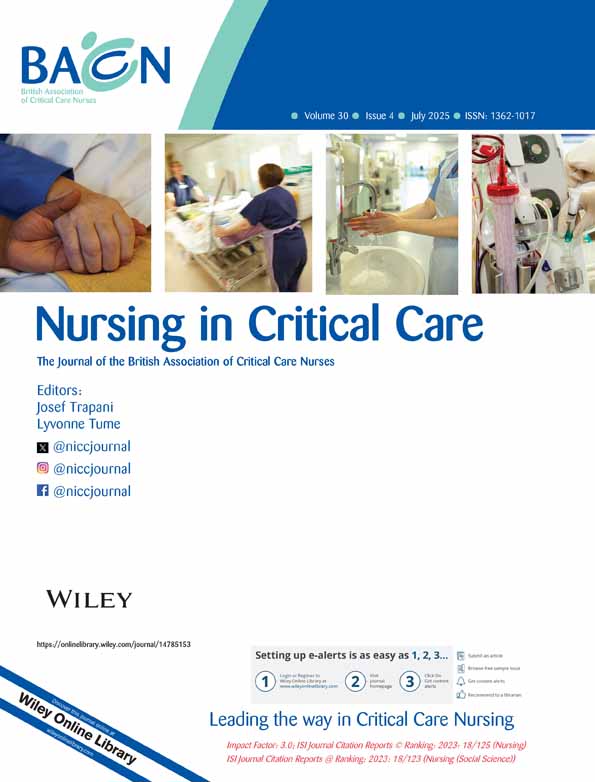Predictive Value of C-Reactive Protein/Albumin Ratio for Necrotizing Enterocolitis in Preterm Infants With Neonatal Sepsis
Funding: This work was supported by National Natural Science Foundation of China (Grant No. 81601330), and Natural Science Foundation of Hubei Province of China (Grant No. 2022CFB178). The funder contributed to define the research theme, be fully accountable for ensuring the integrity and accuracy of the work, analyse the data and interpret the results.
Keqin Liu and Yaqi Zhu contributed equally.
ABSTRACT
Background
Necrotizing enterocolitis (NEC), a critical neonatal digestive disease, is recognized as a contributing factor to neonatal sepsis. However, the role of the C-reactive protein/albumin ratio (CAR) in diagnosing neonatal sepsis within the context of NEC remains under-researched.
Aim
Our objective was to evaluate the clinical utility of the C-reactive protein/albumin (CRP/ALB) ratio in predicting neonatal sepsis at the NEC diagnosis stage.
Study Design
In this retrospective analysis, we evaluated 148 NEC cases, utilizing data extracted from electronic medical records. The relationship between (CRP), (ALB) and CAR levels, and health outcomes at the point of NEC diagnosis was assessed through logistic regression. The cut-off value was established using receiver operating characteristic (ROC) curves, and its effectiveness was compared with that of CRP alone.
Results
Of the study participants, 46 (31.08%) developed neonatal sepsis. Notably, CAR levels were significantly higher in neonates with sepsis compared with those without (1.952 vs. 0.250, p < 0.05). Multivariate analysis indicated CAR as an independent risk factor for predicting neonatal sepsis in NEC cases (p < 0.05). A CAR value > 0.975 emerged as an independent predictor of neonatal sepsis. ROC curve analysis demonstrated that CAR effectively discriminates in predicting sepsis among NEC-affected neonates (area under the receiver operating characteristic [AUC] = 0.70, 95% CI: 0.607–0.973, p < 0.001), surpassing the predictive accuracy of CRP alone.
Conclusions
The study establishes CAR > 0.975 as a novel and independent inflammatory prognostic marker linked to sepsis development in neonates with NEC. This marker could be instrumental in identifying NEC patients with a heightened risk of adverse outcomes.
Relevance to Clinical Practice
CAR measurement at diagnosis could personalize interventions and early detect the deterioration, and monitoring CAR supports timely care escalation, improving outcomes for critical care nurses.
Conflicts of Interest
The authors declare no conflicts of interest.
Open Research
Data Availability Statement
The data that support the findings of this study are available from the corresponding author upon reasonable request.




